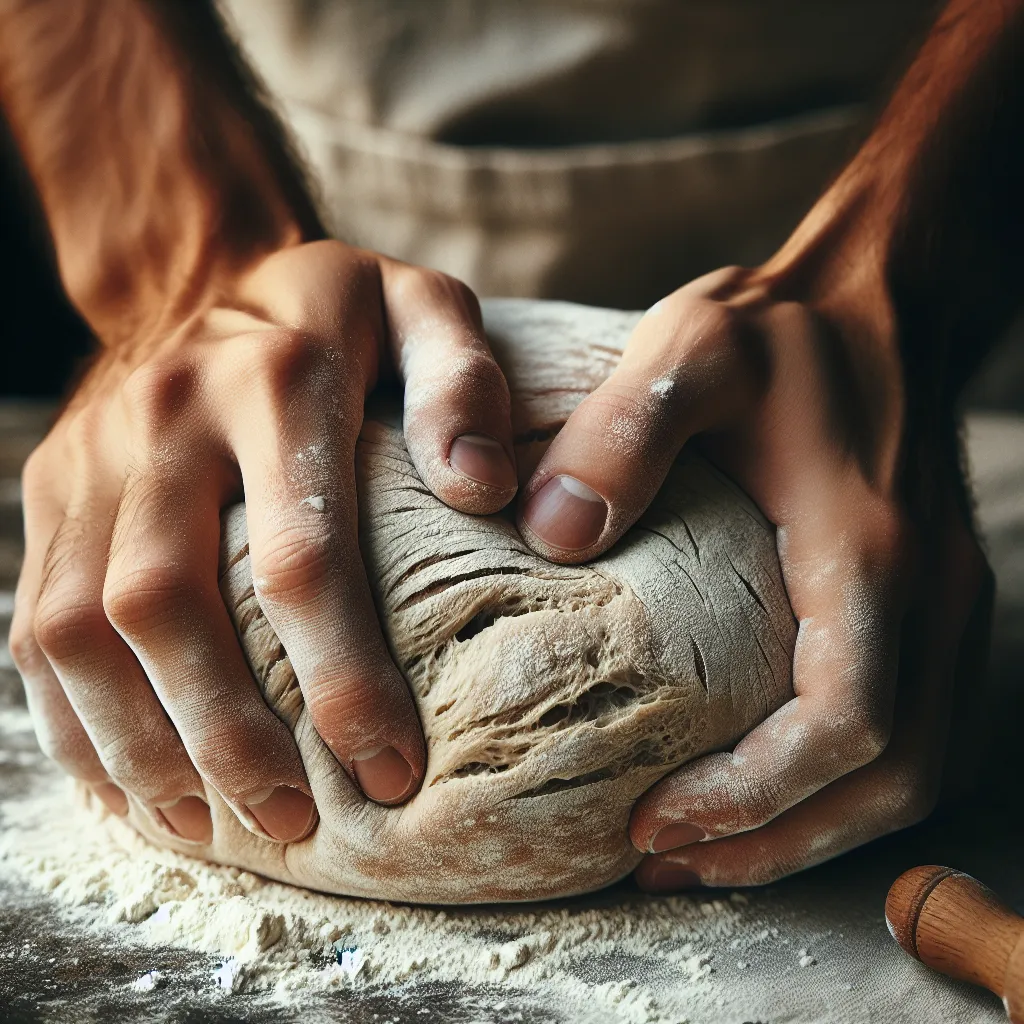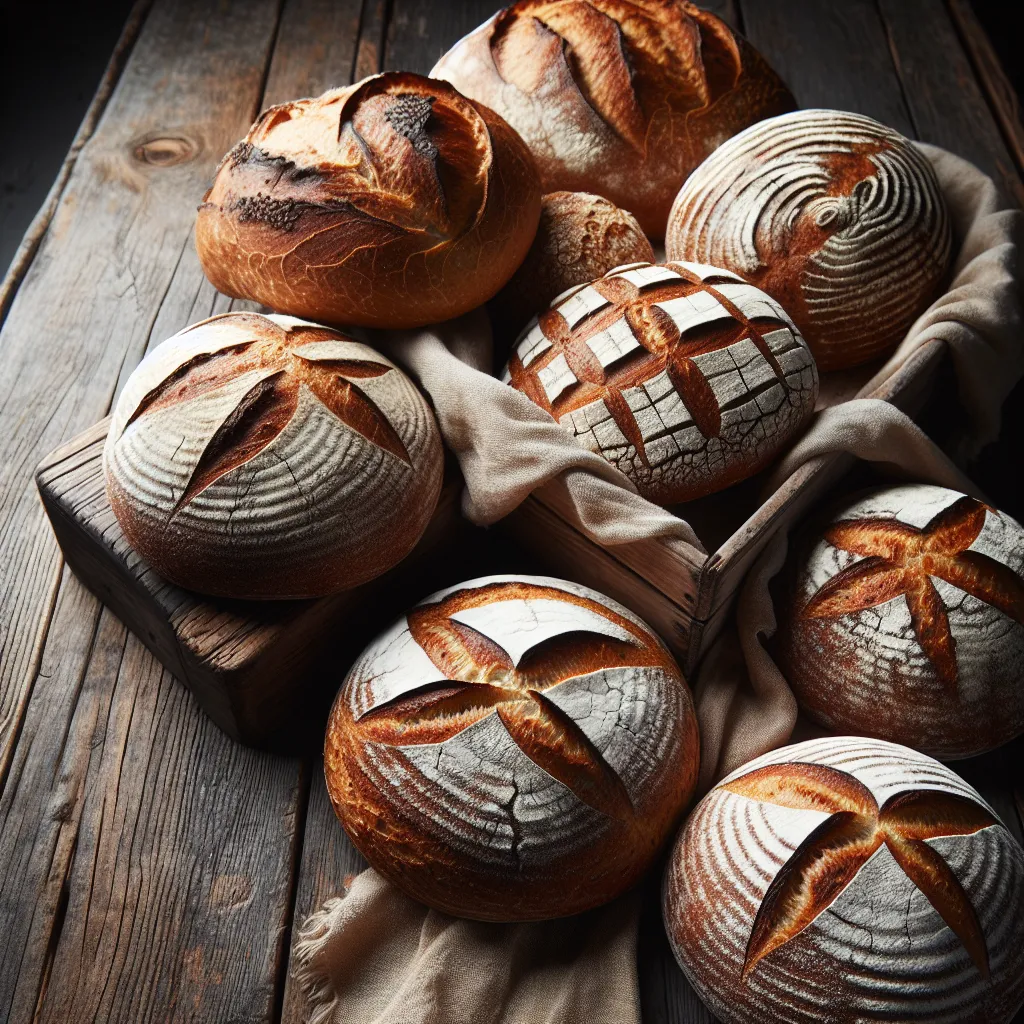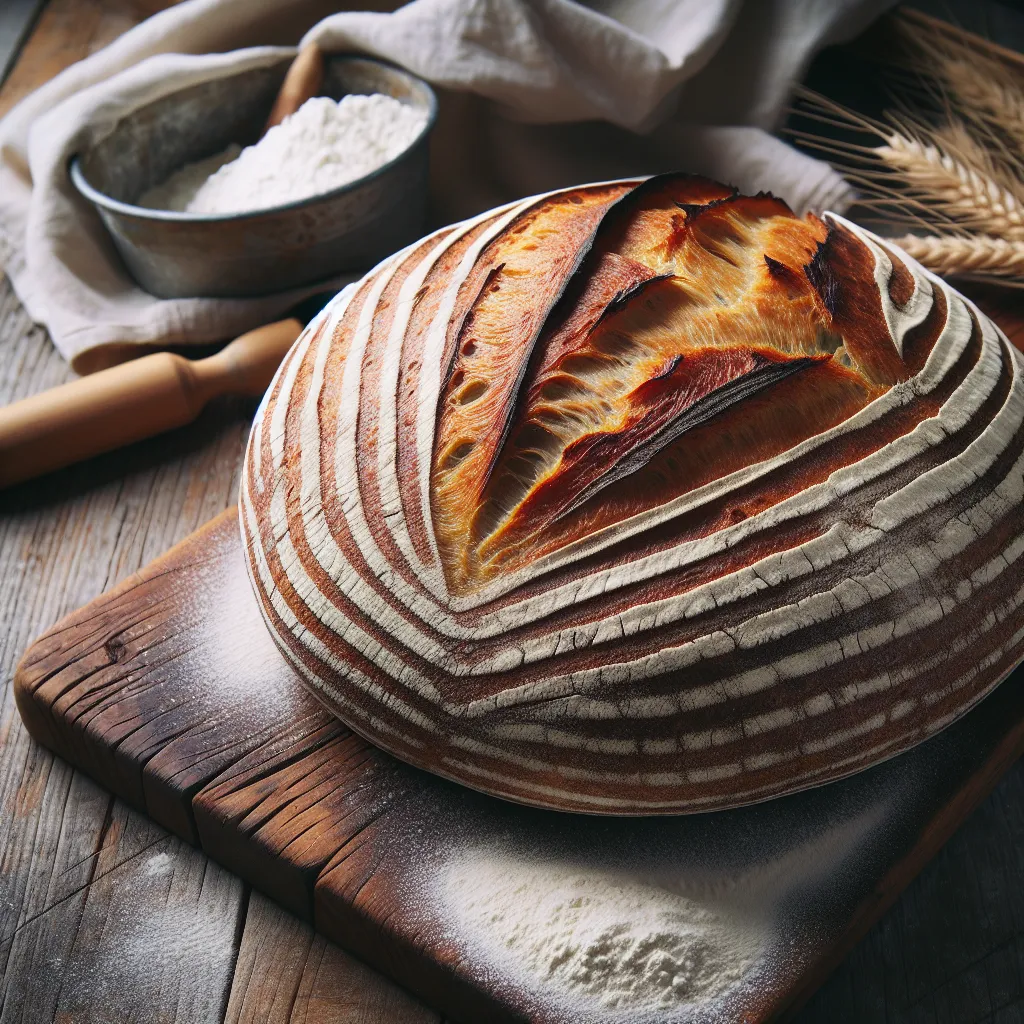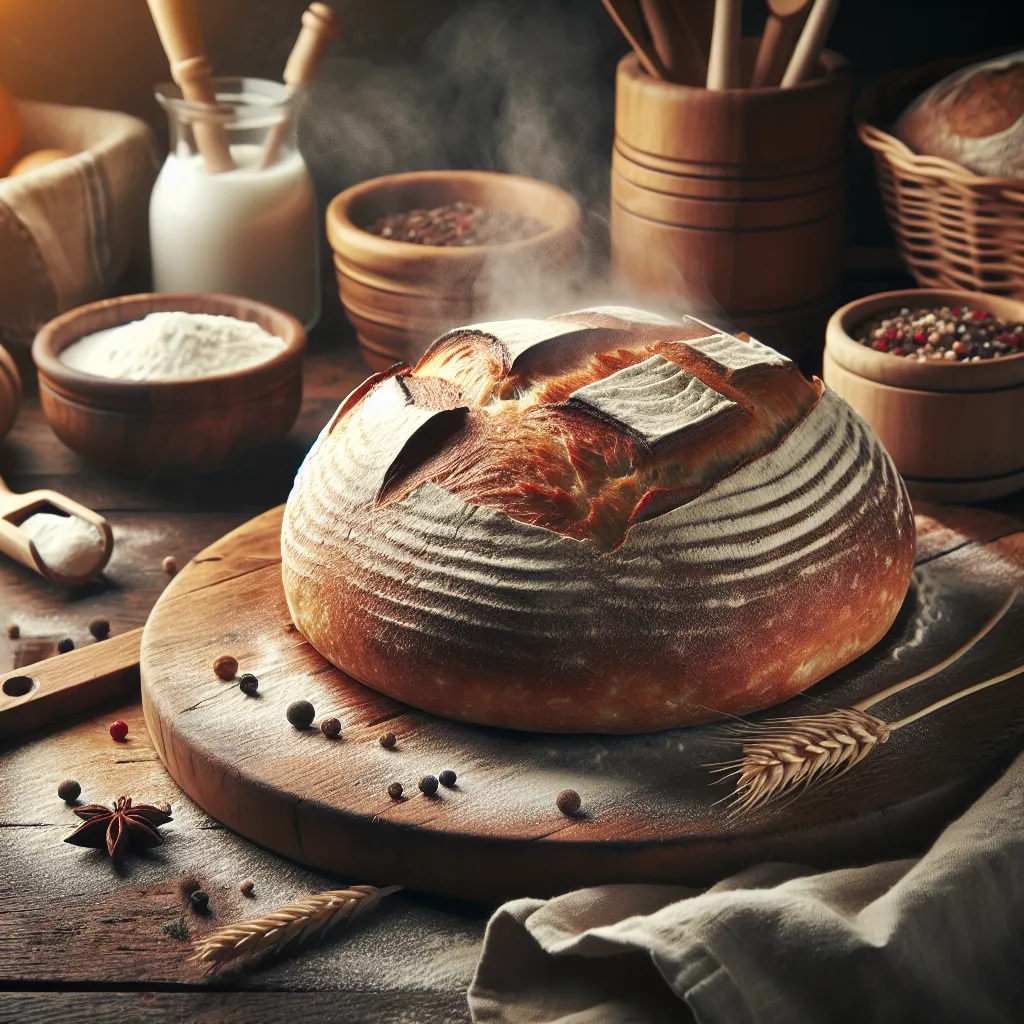The History and Tradition of Sourdough Bread Making
Sourdough bread making is not just a culinary practice; it is a tradition deeply rooted in history. Dating back thousands of years, sourdough bread has been a staple in many cultures around the world. The art of sourdough bread making has been passed down through generations, with each culture adding its own unique touch to the process.
The history of sourdough bread making can be traced back to ancient Egypt, where evidence of sourdough fermentation has been found in the form of bread and beer. The practice then spread to ancient Greece and Rome, where sourdough bread became a dietary mainstay.
During the Gold Rush in the 19th century, sourdough bread gained popularity in the United States, particularly in San Francisco, where it became synonymous with the city’s culinary identity. The unique tangy flavor and chewy texture of San Francisco sourdough can be attributed to the local wild yeast and bacteria present in the air.
Today, sourdough bread making continues to be revered as a time-honored tradition and a labor of love. Bakers around the world take pride in nurturing their sourdough starters, some of which have been passed down for centuries. The history and tradition of sourdough bread making serve as a testament to the enduring allure of this ancient craft.
Mastering the Sourdough Starter: Tips and Techniques
Mastering the sourdough starter is a crucial step in perfecting your bread making. Creating a robust and active sourdough starter is essential for achieving that tangy flavor and airy texture in your sourdough bread. To master the art of sourdough starter, there are several tips and techniques to keep in mind.
First and foremost, the foundation of a thriving sourdough starter is using high-quality flour. Opt for organic whole grain or unbleached all-purpose flour to provide the necessary nutrients and microorganisms for the starter to develop.
Maintaining the right temperature is also key. A consistent, mildly warm environment, ideally around 75°F (24°C), is favorable for the growth of wild yeast and lactobacilli. Consider placing the starter in a spot with a stable temperature, away from drafts and direct sunlight.
Feeding your sourdough starter regularly is vital for its strength and vitality. Discard a portion of the starter before each feeding to avoid it becoming too acidic, and then replenish it with fresh flour and water. This process helps in maintaining a balanced microbial community within the starter.
Moreover, patience is a virtue when it comes to sourdough starter. It may take several days for the starter to become lively and ready for baking. Observing the signs of fermentation, such as bubbles forming and a pleasant sour aroma, will indicate its readiness.
By mastering the sourdough starter through these tips and techniques, you can elevate your bread making to new heights, crafting flavorful and distinctive sourdough loaves that showcase the artistry of this time-honored baking tradition.
Baking Beyond Basic Loaves: Exploring Sourdough Variations
The Art of Sourdough: A Guide to Perfecting Your Bread Making
When it comes to sourdough baking, there is a world of creative possibilities beyond the basic loaves. Exploring sourdough variations allows bakers to delve into a diverse range of flavors, textures, and shapes. One popular variation is the addition of different grains such as rye, spelt, or whole wheat, which not only introduces unique flavors but also brings nutritional benefits to the bread. Another exciting avenue is experimenting with different hydration levels, from high hydration ciabatta-style loaves to lower hydration sandwich bread.
Furthermore, sourdough enthusiasts can also play with different shaping techniques, creating visually stunning bread art. From intricately scored patterns to elaborate braids, the shaping of sourdough loaves adds an aesthetic dimension to the art of bread making. Additionally, incorporating various ingredients like nuts, seeds, dried fruits, or even cheese can elevate the complexity and flavor profile of sourdough bread.
Moreover, exploring fermentation times and temperatures can lead to fascinating results. Longer fermentation can develop deeper, more complex flavors, while adjusting the temperature can have a significant impact on the final texture and crumb structure of the bread.
Ultimately, mastering the art of baking beyond basic sourdough loaves opens up a world of creativity and experimentation, allowing bakers to personalize their bread making experience and create truly unique and delicious loaves.




